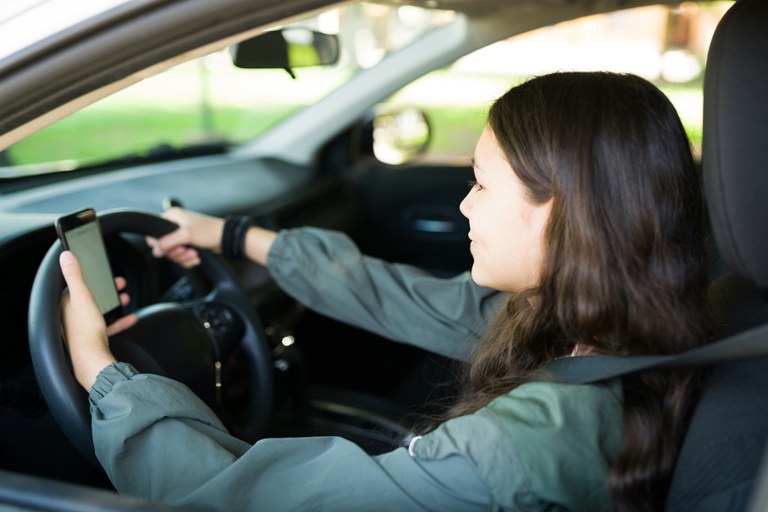Silencing distraction: Can this smartphone feature save lives? (AAA Foundation)
Shift into Safe News
According to the National Highway Traffic Safety Administration (NHTSA), distracted driving contributes to more than 9% of fatal crashes, although researchers believe that number is higher. Despite texting bans in almost all 50 states, distraction remains a prevalent problem among drivers, especially younger generations. Smartphones — a common form of distraction — may help curb this risky behavior. Today, most devices have a “do not disturb” feature that can block or limit distraction. New research from the AAA Foundation for Traffic Safety found that, when activated, this feature can be effective in reducing smartphone interactions when driving.
“Distracted driving continues to be a major traffic safety concern,” said Dr. David Yang, president and executive director of the AAA Foundation for Traffic Safety. “Despite their potential to reduce distraction, smartphone technology-based countermeasures are not widely used by drivers. This study aimed to uncover how to encourage more people to use such features to stay focused on the driving task and improve safety.”

To better understand this issue, researchers examined why drivers avoid using “do not disturb” features and how to overcome their objections. Drivers cited limited access to music and navigation as reasons not to activate “do not disturb” features. This commonly held misconception underscores a lack of understanding of how this technology works. Current smartphone-blocking features allow music and navigation to be used when activated. Other barriers mentioned by drivers included not realizing these features were available or forgetting to turn them on.
Another overarching theme regarding why drivers shy away from turning on these features is something most people can relate to — FOMO, or the fear of missing out. People worry that if “do not disturb” features are activated, they may miss an important call or text while driving.
Despite this resistance, many drivers favor “do not disturb” features that automatically turn on during stressful situations like heavy rain, snow or traffic. This preference suggests that drivers are more inclined to use this feature to reduce distraction when there are greater demands on their attention. Other factors that would influence the use of “do not disturb” features include:
- Improved accuracy in recognizing when a user is not a driver.
- Control over what apps are restricted.
- Insurance discounts.
To learn more about distracted driving and “do not disturb” features, visit the article “Silencing Distraction: Can This Smartphone feature Save Lives.”
